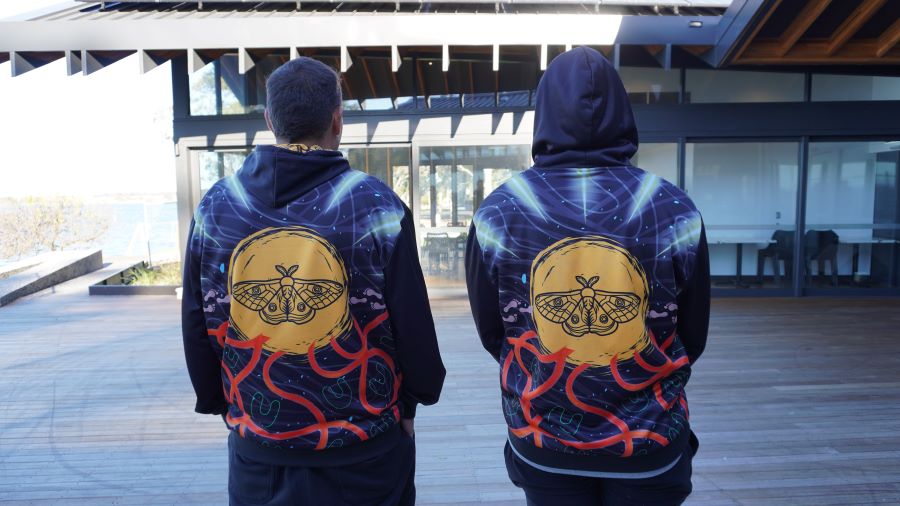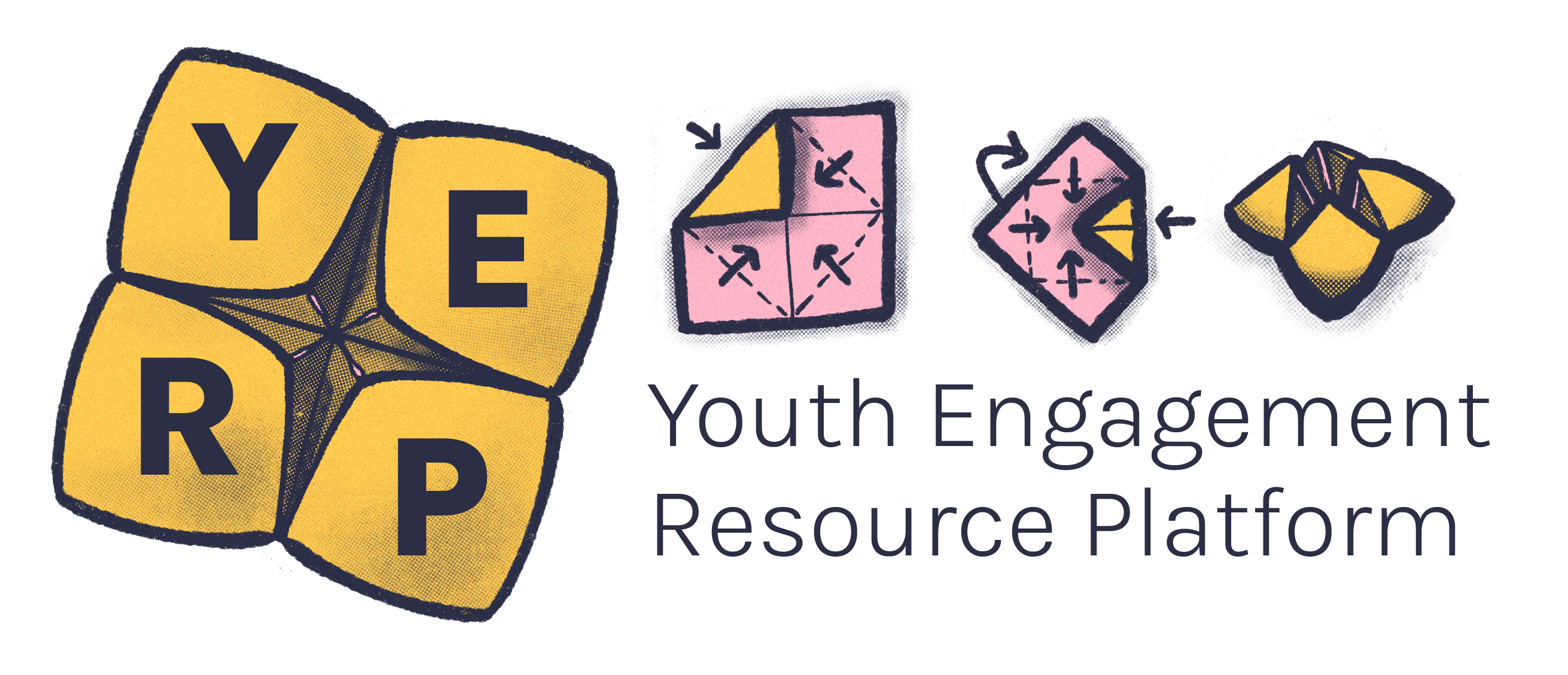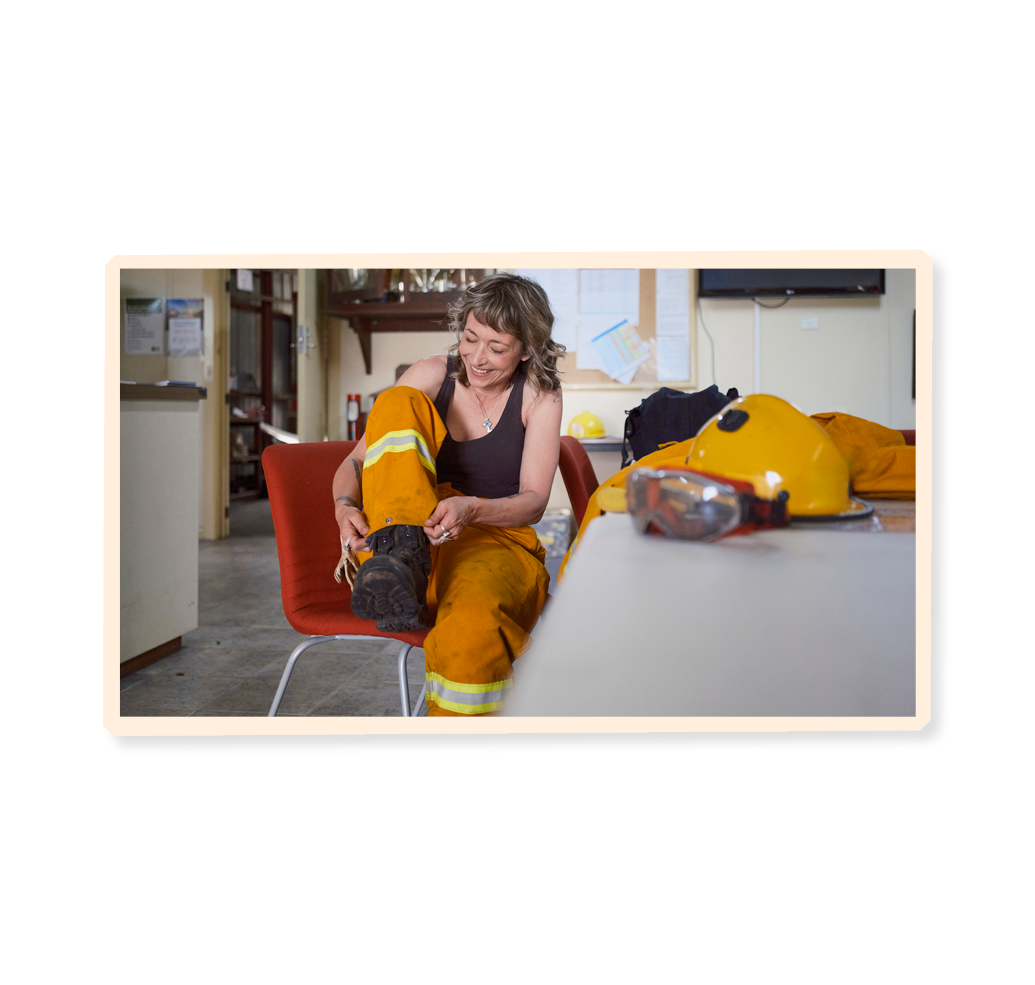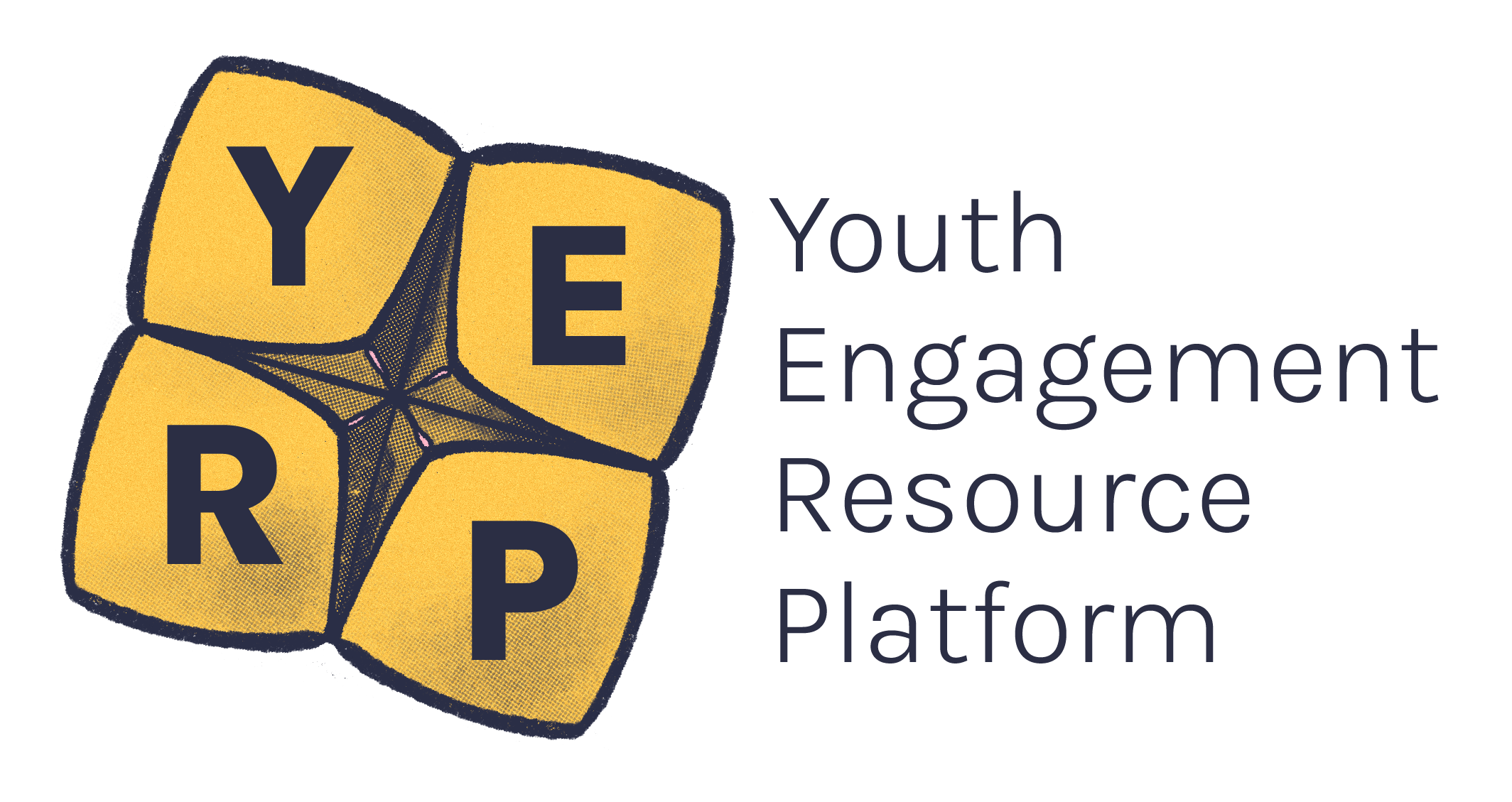Young people are deeply concerned about issues of climate change and disasters and have the most investment in the future. By actively involving them in preparation and planning, asking for their advice and ideas and listening to their concerns, young people will feel empowered as active members of their communities.
As a youth worker, you should advocate for the inclusion of all young people in every aspect of society, which includes disaster preparation and planning.
Below are some tips to make environments more inclusive for the young people you work with.
Recognise the distinct challenges that First Nations communities face in times of disaster and make sure your support is culturally safe.
When disaster hits, youth workers need to provide tailored support to Aboriginal and Torres Strait Islander young people.1
Responses should be led by Elders and First Nations recovery officers who have invaluable knowledge and deep community ties. They are the best people to consult about the needs of particular communities.1
First Nations young people must be included in disaster management at federal, state and local levels.
As a youth worker, focus on:
- Advocating for First Nations voices to lead decisions on climate action, self-determination and protecting cultural knowledge.
- Advocate for disaster management strategies to embed Indigenous land management practices and knowledge into national, state and local disaster management strategies and policies, especially as risk reduction tools.
- Including First Nations young people in the design of something that detects when a disaster is about to occur to give people time to prepare. early warning systems to ensure cultural relevance and accessible information.
- Advocate for training developed by Elders on how to adapt traditional knowledge to the current contexts for emergency management organisations and local councils.
- Highlighting the effects of climate change on First Nations communities.2
Photo from behind of two workers with the Albury Wodonga Aboriginal Health Service. They are wearing hoodies in black, yellow and red that illustrate the bogong moth.

Make sure you’re engaging with different communities and meeting their needs around language. Be aware of any cultural practices that may have been impacted by disasters.
This support may look like:
- Organising community events for young people to come together to debrief, addressing the social isolation that migrant communities often face.
- Helping to ensure that linguistically diverse communities can access information in their first language through translators and translated materials.
- Working with TAFEs and universities to provide international students with access to information, support and funding.
Laura: Emergency kits.
Floods and other emergencies can happen anywhere in Victoria.It's important for disabled young people to be ready in case we're in a flood or other emergency. One way to make sure we're ready for an emergency is to have an emergency kit.
What is an emergency kit?
An emergency kit is a pack of the most important things you will need to take if you have to leave your house in a flood.
Your emergency kit could also include things that will help you stay calm. For example, your favourite teddy bear.
You can get support to make your emergency kit. Your family, friends or support workers might be able to help you make it.
Make sure you put the items in your emergency kit in a waterproof container so that your items do not get damaged by floodwater.
You can also put some items into waterproof bags in the container to keep them extra safe. For example, a phone charger.
You should keep your emergency kit somewhere you can easily get to it. You should make sure you know where your emergency kit is so that you can find it quickly when you need it.
What should I have in my emergency kit?
Your emergency kit should have items such as water and snacks, spare clothes, a first aid kit and important documents.
Important documents could be your passport or birth certificate.
Items you need because of your disability.
You might need certain items because of your disability. For example, if you use an electric wheelchair, you might need a wheelchair charger in your emergency kit. Or you might use hearing aids or communication boards and these should also be part of your emergency kit.
Items for pets.
If you have pets or a service animal you should include things that they might need in your emergency kit. For example, you might include a leash, blankets, food or water bowl, and paperwork to show that you have a service animal.
For more information about how disabled young people can be ready for floods or other disasters, visit the YACVic Rural Disaster Hub. That's www.YACVic.org.au/Rural/Disaster-Hub
Thank you for watching.
The disability community can be particularly vulnerable during disasters due to a lack of accessible information, emergency housing, vital equipment and many other factors. Some ways you can ensure disabled young people are included are:
- Ensure evacuation centres and any community planning meetings are fully accessible
- Ensure any posters, evacuation maps or written instructions are written in plain or easy English
- Consult young people on community rebuilding - they will have invaluable insights and ideas on how buildings and spaces can be more accessible
Encourage disabled young people to be proactive about creating their emergency plan and getting their emergency kits ready. This can be empowering and will help them feel in control of the situation.
YDAS has great resources for disabled young people during times of disasters.
If you’re working with a young person who is experiencing homelessness, some strategies to engage them in disaster preparation include:
- Identifying local alternative places they can stay at during a disaster.
- Linking them with support services that will enable safety and service/care during times of emergency and beyond.
- Encouraging them to join recovery committees as their lived experience will be invaluable to community planning, rebuilding and resilience efforts.
- Providing them with the information and resources to stay up to date with key emergency information, i.e. VicEmergency App, ABC Radio and local noticeboards.3
Here are some things to avoid:
- Don’t make assumptions about groups, communities or individuals and what their needs may be.4
- Don’t make assumptions about the experiences that a young person may have had when a disaster hit.4
- Don’t ask young people to be a spokesperson for their entire community or for all young people who have been through a disaster.
- Avoid terms or expressions that could reflect prejudiced, stereotyped, or discriminatory views of a group of people.4
- Avoid triggering language and ask about the language that a young person may prefer. For example, flame affected vs. fire affected.
- Don’t ask young people to explain what they experienced unless necessary and relevant to the situation.
- Australian Red Cross. (n.d). Helping communities to rebuild. https://www.redcross.org.au/stories/2024/floods-report-2-years/helping-communities-to-rebuild/
- Radel, K, Sukumaran, A, Daniels, C. Incorporating First Nations knowledges into disaster management plans: an analysis. Australian Journal of Emergency Management. 2023:36-41. Doi: 10.47389/38.2.36
- Collaborating 4 Inclusion. (n.d). P-CEP Homelessness Outreach Guide. https://collaborating4inclusion.org/wp-content/uploads/2023/08/P-CEP_Homelessness_Outreach_Guide_FINAL.pdf
- Minus 18. (n.d). LGBTIQ Inclusive Language Guide. https://res.cloudinary.com/minus18/image/upload/v1585712745/LBGTIQ-Inclusive-Language-Guide_bqdbiv.pdf





